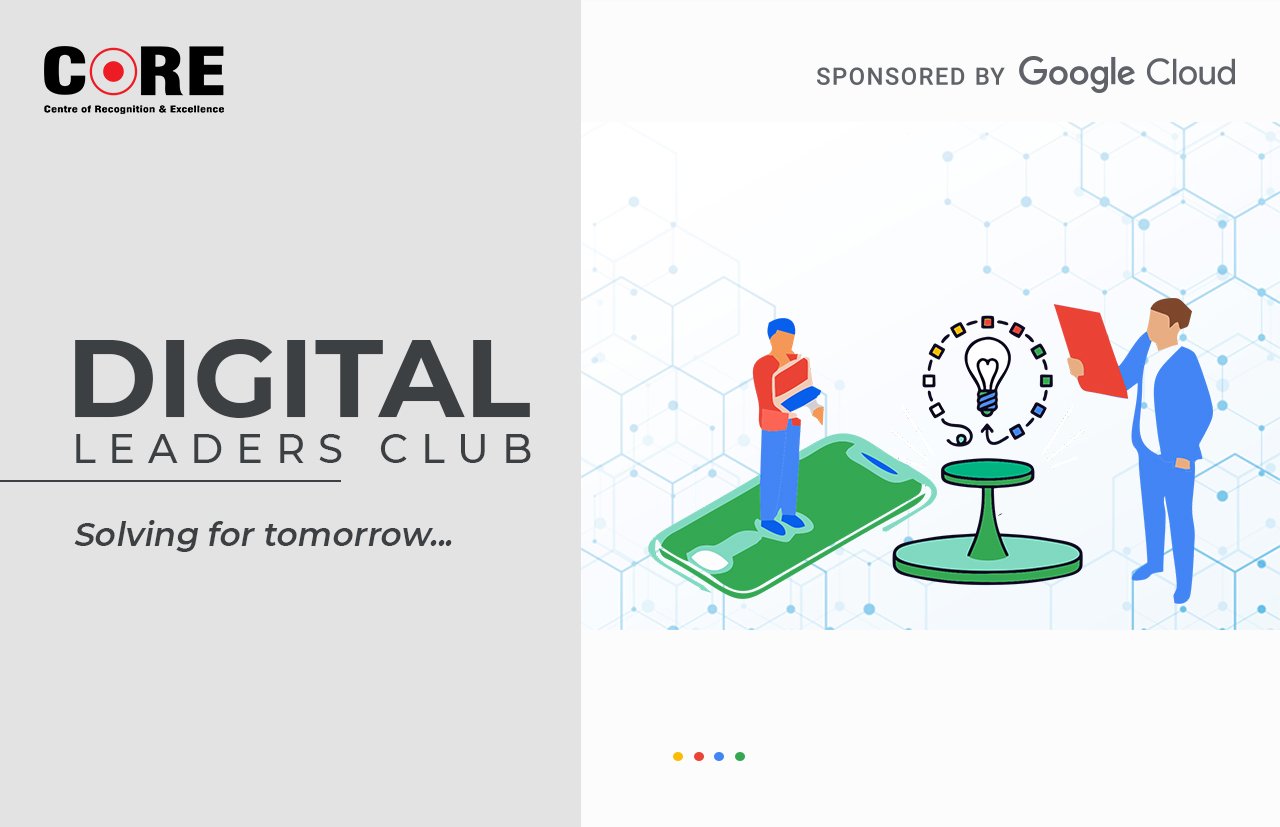- Enterprise leaders prefer partnering with CSPs who can effectively address the evolving data regulations and data security needs.
- More and more organizations are moving mission critical applications to Cloud to drive better business use cases out of their data.
With data becoming key, IT leaders are constantly focusing on building new digital experiences for customers by leveraging Cloud, Analytics, and AI/ML capabilities. With a majority of businesses having their technology stacks largely on-prem, CIOs have been busy chalking out Cloud strategies and building robust IT road maps.
One of the recent editions of “Digital Leaders Club” – a platform that brings together IT leaders from across industries, discussed how the digital transformation journey went on to reveal that the fast pace of change and innovation has become the norm, and Cloud has become a very important element for enterprises.
“With cloud becoming omnipresent across the board in the digital world, customers are improving their business processes through technology,” said Anoop Mathur, Founder & President, CORE Media, who moderated the discussion attended by IT leaders from diverse backgrounds in the industry and Google experts.
Elaborating on how Google is helping enterprises move into the digital space, Rajesh Ramadas, Head of Customer Engineering, Corporate Accounts at Google, said, “Cloud is by default a choice for all innovation work that needs to be done, and Google creates use cases on top of it with the help of multiple cloud partners.”
Amit Kumar, Sales Director, Google Cloud, while talking about how cloud is fuelling innovation in the automobile space, said: “There's a bundle of things we are doing in the space of connected vehicles or embedding AI/ML technologies within the vehicles. We are doing a lot with our automobile customers, and mostly on their own internal IT infrastructure. The most exciting part is working with customers in making sense of their data.”
A CIO of a fintech company highlighted how the compliance and regulatory environments in the sector brings up new challenges on the data front.
Customers work in three areas with Google - security and compliance, AI and ML, and multi-cloud. “Anything that is there in the Google Cloud is encrypted by default and the data is safe. When you come to Google, you also have the additional way of protecting your information by running confidential computing, which is encrypting the data or not decrypting the data even at the computer layer. The encryption key can be your own key or it can be a key we can provide you,” explains Rajesh.
Another CIO of an IT solutions company with a global footprint informed that they have a very strong cloud practice that addresses the diverse requirements in the B2B space. “We have done our own private cloud based on a customer requirement. We decided to go to multi-cloud six months ago, which helped us divide certain things from our internal consumption and other cloud service providers.”
A CIO from a quasi-government organisation that deals with taxes says that cloud adoption is already on their agenda but they are a little cautious and going slow considering the kind of data they are handling related to tax officers and taxpayers.
“Our testing environment is in cloud. Our current decisions are data-driven. We have a dedicated team that performs thorough analytics using AI and ML. Analytics is being used for two purposes – to assess the level of compliance and to identify potential tax evaders and the possibility of tax leakage. Moving forward I foresee that cloud will be a new norm.”
Public cloud adoption has clearly been on rise in different industries - be healthcare, manufacturing, gaming or even regulated industries. Broadly, there are two things that enterprises aim to achieve from cloud - the compute they require, at scale and whenever they want. Secondly, to truly leverage their entire MLOps pipeline to ensure that it is seamless in terms of what they do and how they do, and they also have predictability in terms of the outcome.
“Most importantly, we believe in collaborating and co-creating with our customers in sharing best practices and innovations that drive the most effective business outcomes for enterprises,” sums up Amit.


